- Have any questions?
- +86-189 8930 5995
- sales@mosinterchem.com.cn
Cosmetic Ingredients Chitin CAS 1398-61-4

Azelaic acid CAS 123-99-9
17/12/2018
Hyaluronic acid CAS 9004-61-9
17/12/2018Chitin (CAS: 1398-61-4)
| Item | Index |
| Appearance | White to Light Yellow Flake |
| Loss on Drying | ≤10.0 |
| Residue on Ignition | 8.0–12.0 |
Basic Information
Chitin is a long-chain polymer of a N-acetylglucosamine, a derivative of glucose,
and is found in many places throughout the natural world. It is the main component
of the cell walls of fungi, the exoskeletons of arthropods such as crustaceans (e.g.,
crabs, lobsters and shrimps) and insects, the radulae of molluscs, and the beaks and
internal shells of cephalopods, including squid and octopuses. The structure of chitin
is comparable to the polysaccharide cellulose, forming crystalline nanofibrils or whiskers.
In terms of function, it may be compared to the protein keratin. Chitin has also proven useful
for several medical and industrial purposes. In butterfly wing scales, chitin is often organized
into stacks of nano-layers or nano-sticks made of chitin nanocrystals that produce various
iridescent colors by thin-film interference: similar, analogous structures made of keratin are
found in iridescent bird plumage.
Etymology
The English word “chitin” comes from the French word chitine, which first appeared in 1821
and derived from the Greek word χιτών (chiton), meaning covering.
Chemistry, physical properties and biological function
The structure of chitin was solved by Albert Hofmann in 1929.
Chitin is a modified polysaccharide that contains nitrogen; it is synthesized from units of
N-acetylglucosamine (to be precise, 2-(acetylamino)-2-deoxy-D-glucose). These units form
covalent β-1,4 linkages (similar to the linkages between glucose units forming cellulose).
Therefore, chitin may be described as cellulose with one hydroxyl group on each monomer
replaced with anacetyl amine group. This allows for increased hydrogen bonding between
adjacent polymers, giving the chitin-polymer matrix increased strength.
A cicada sheds its chitinous larval exoskeleton.
In its unmodified form, chitin is translucent, pliable, resilient, and quite tough. In arthropods,
however, it is often modified, becoming embedded insclerotin, a tanned proteinaceous matrix,
which forms much of the exoskeleton. In its pure form, chitin is pliable and leathery in texture,
but in most invertebrates it occurs largely as a component of composite materials. Combined
with calcium carbonate, as in the shells of crustaceans and molluscs, chitin produces a much
stronger composite. This composite material is much harder and more stiff than pure chitin,
and is tougher and less brittle than purecalcium carbonate. Another difference between pure
and composite forms can be seen by comparing the flexible body wall between the segments
of acaterpillar (mainly chitin) to the stiff, light elytron of a beetle (containing a large proportion of sclerotin).
You must be logged in to post a review.

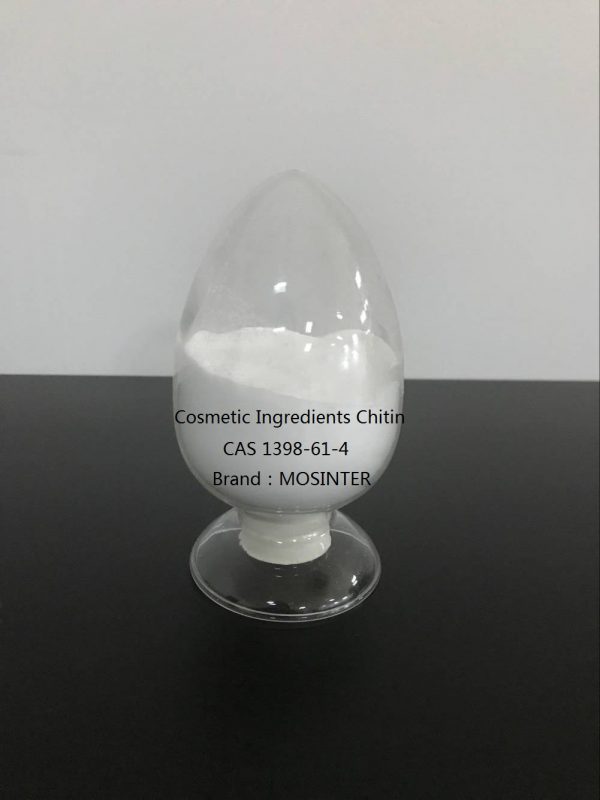
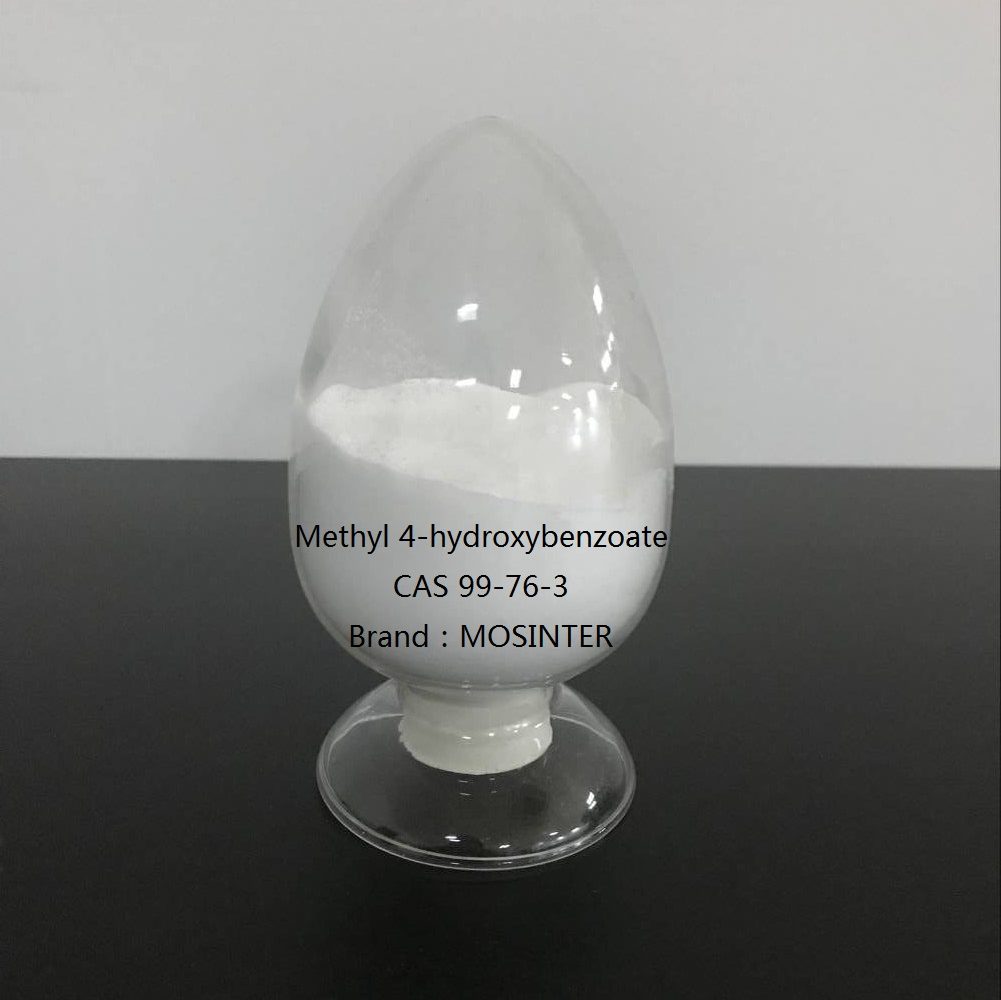
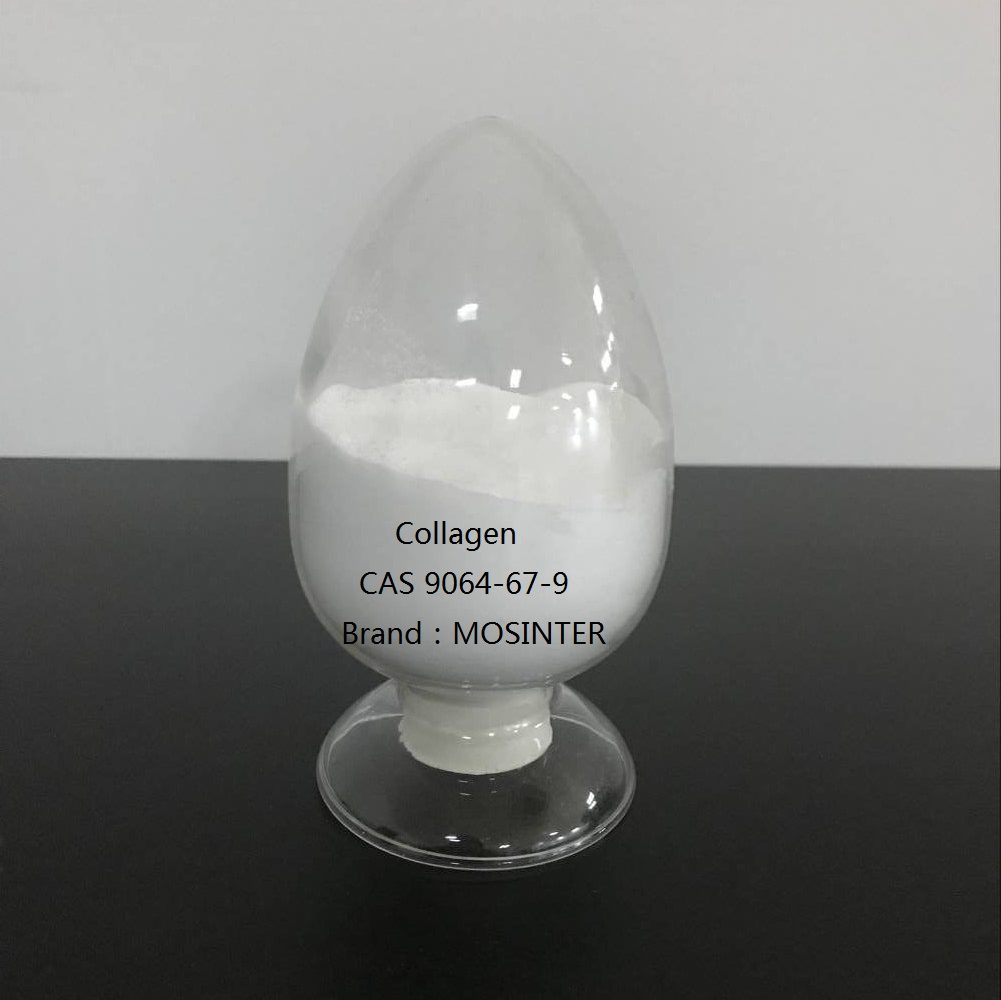
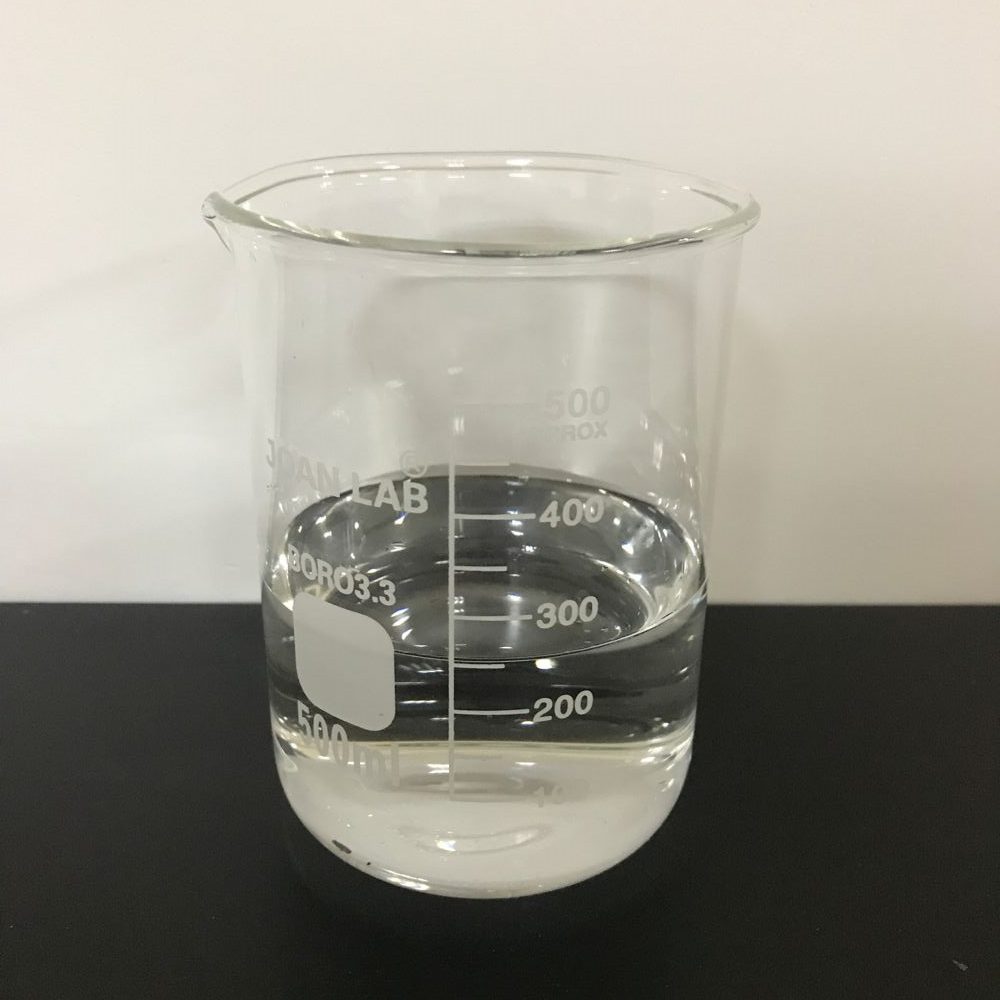
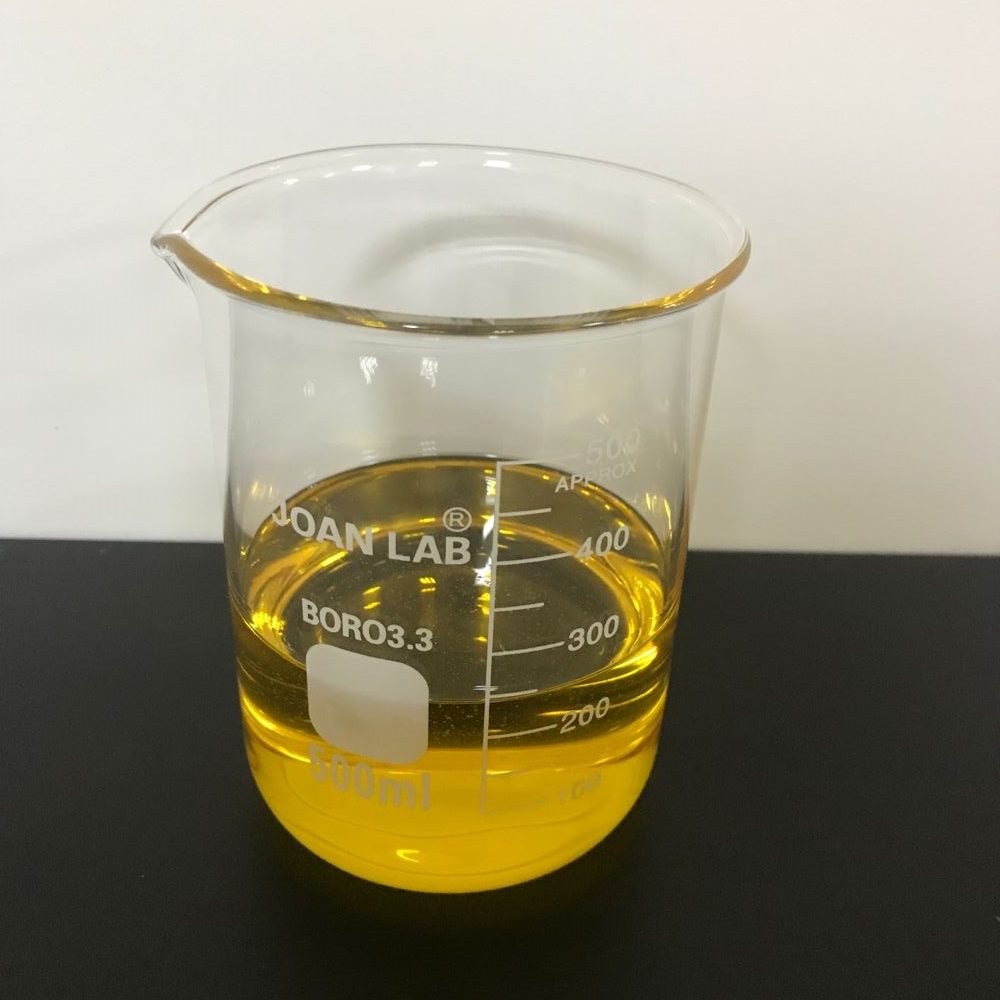
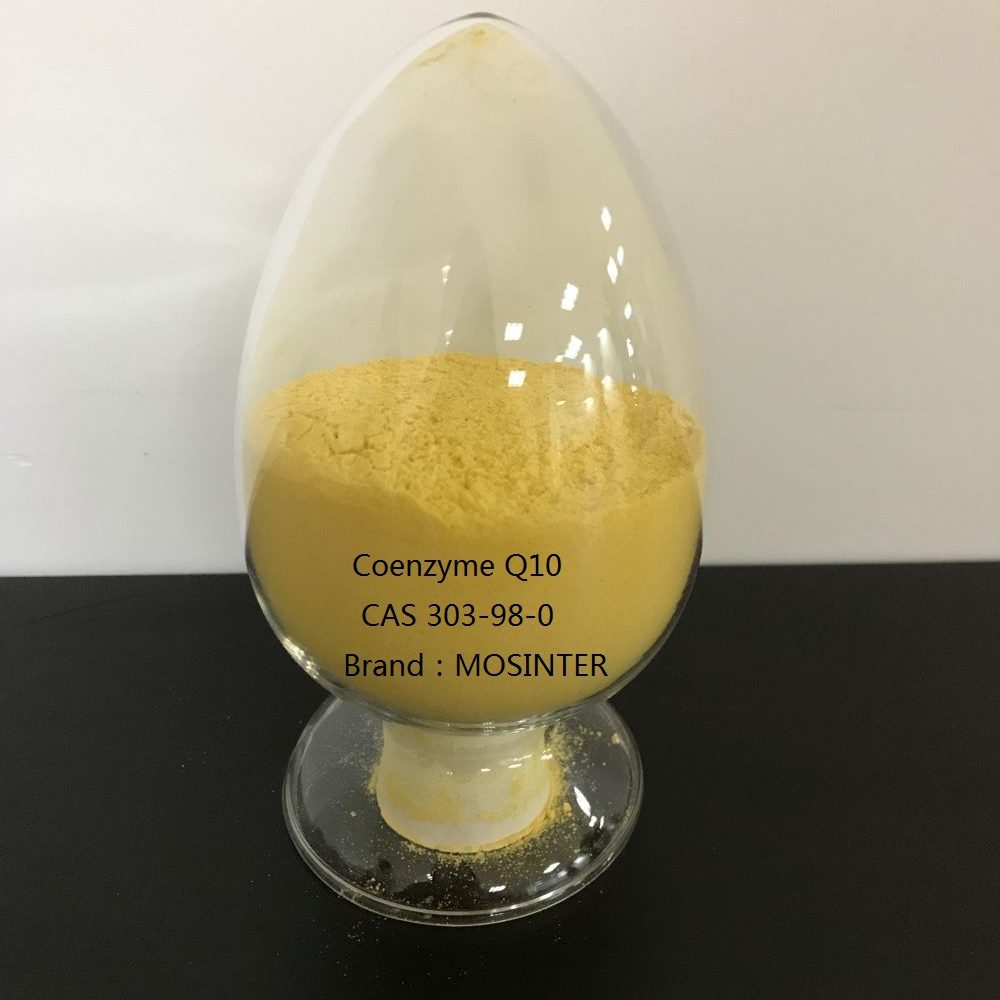
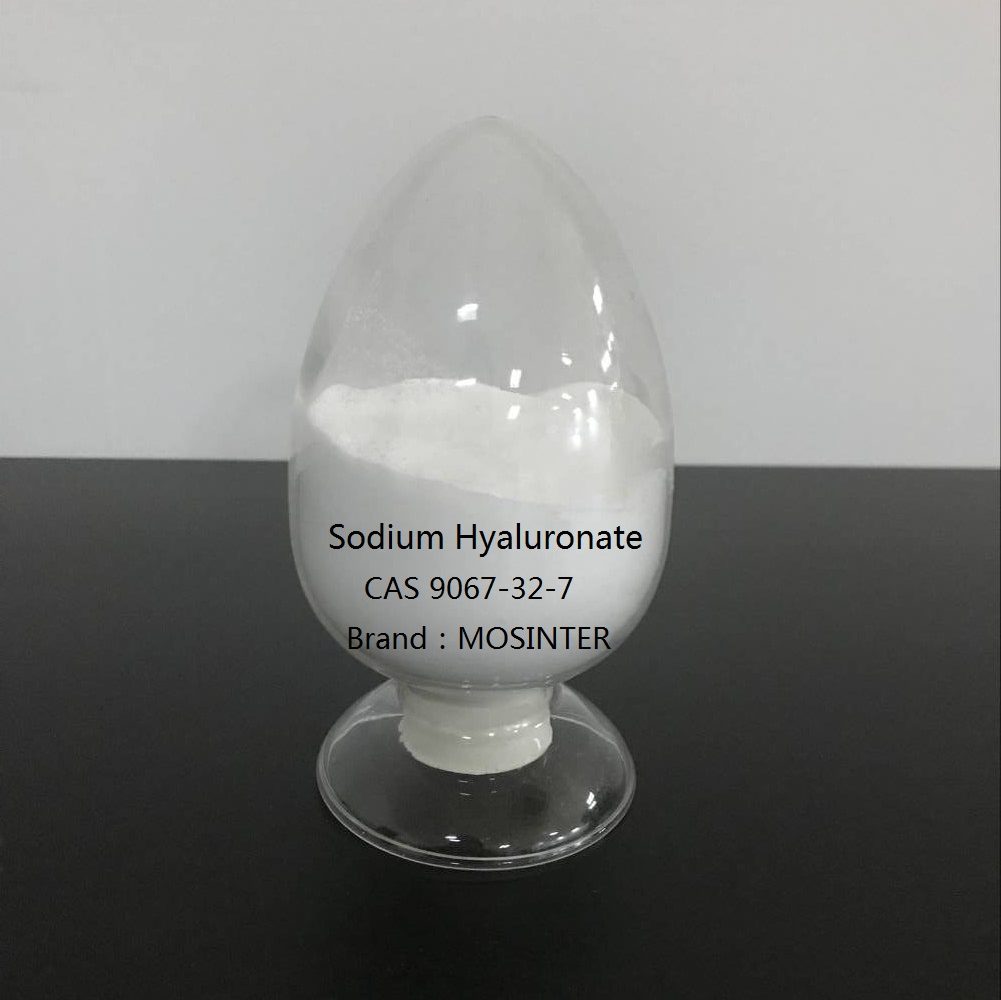
Reviews
There are no reviews yet.